
AllQuestion and Answers: Page 564
Question Number 162974 Answers: 0 Comments: 0
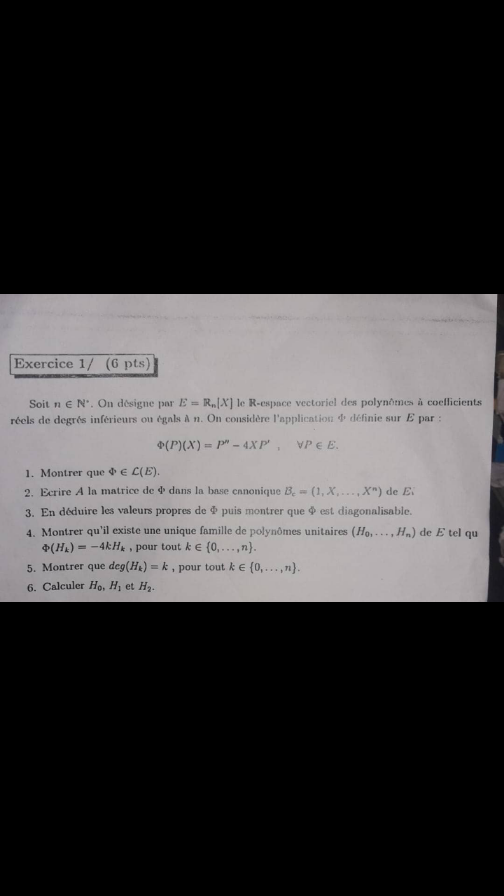
Question Number 162973 Answers: 0 Comments: 0

Question Number 162972 Answers: 0 Comments: 0
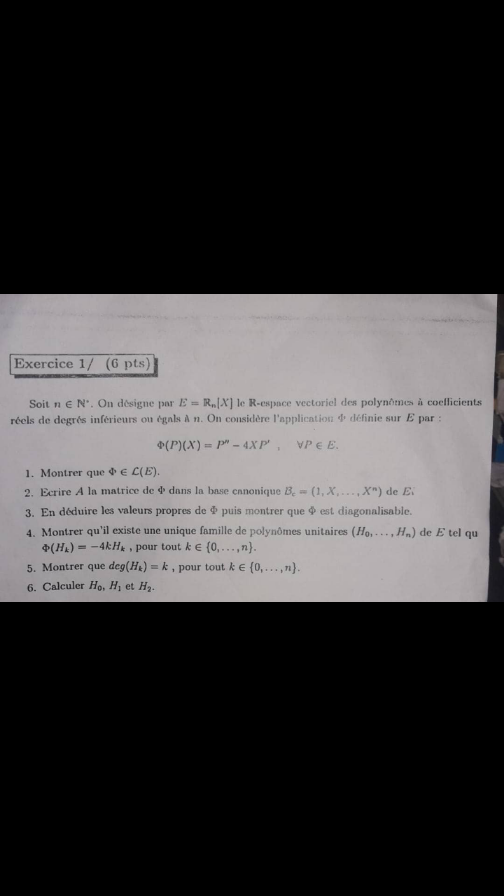
Question Number 162971 Answers: 0 Comments: 0
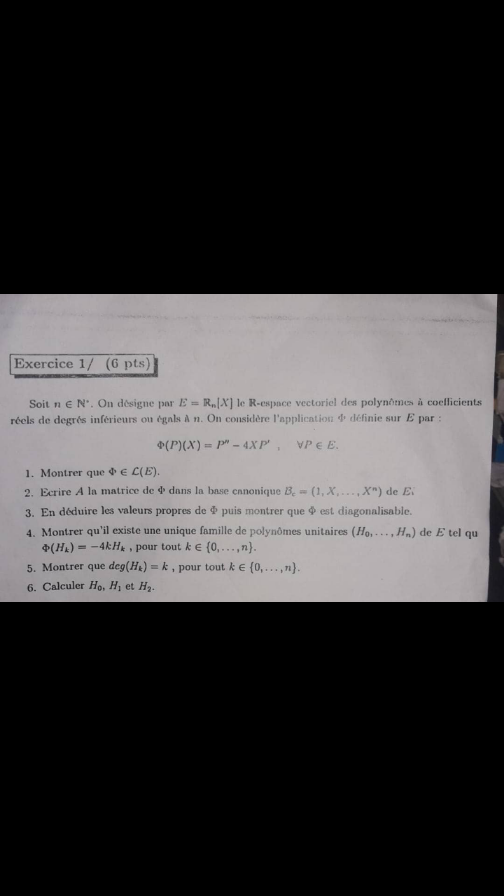
Question Number 162960 Answers: 1 Comments: 0
Question Number 162959 Answers: 1 Comments: 5
$${solve}\:{the}\:{differential}\:{equation}\:{y}\:=\:{x}\:+\:{p}^{\mathrm{3}} \\ $$
Question Number 162952 Answers: 0 Comments: 0

Question Number 162951 Answers: 1 Comments: 2
Question Number 162949 Answers: 3 Comments: 1

Question Number 162947 Answers: 0 Comments: 0

Question Number 162946 Answers: 1 Comments: 0
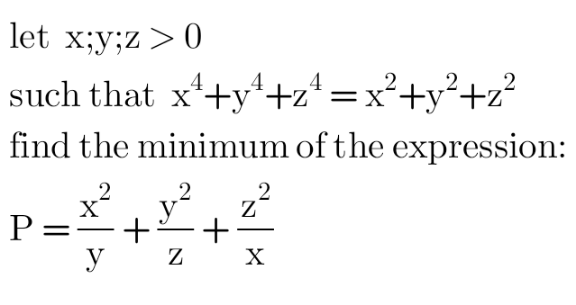
Question Number 162939 Answers: 0 Comments: 0
Question Number 162942 Answers: 2 Comments: 0
Question Number 162941 Answers: 0 Comments: 0

Question Number 162926 Answers: 0 Comments: 0
Question Number 162925 Answers: 1 Comments: 0
Question Number 162924 Answers: 2 Comments: 0
Question Number 162894 Answers: 1 Comments: 0

Question Number 162893 Answers: 2 Comments: 0
Question Number 162877 Answers: 2 Comments: 0
Question Number 162876 Answers: 0 Comments: 0
Question Number 162872 Answers: 1 Comments: 1

Question Number 162866 Answers: 1 Comments: 0

Question Number 162865 Answers: 0 Comments: 4
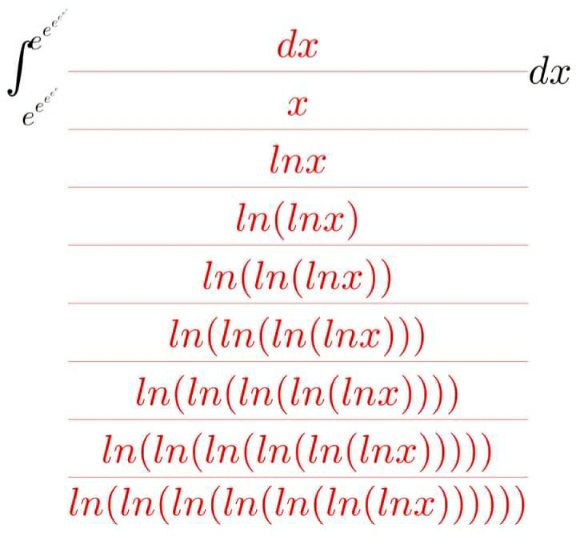
Question Number 162864 Answers: 2 Comments: 0

Question Number 162860 Answers: 2 Comments: 0

Pg 559 Pg 560 Pg 561 Pg 562 Pg 563 Pg 564 Pg 565 Pg 566 Pg 567 Pg 568
